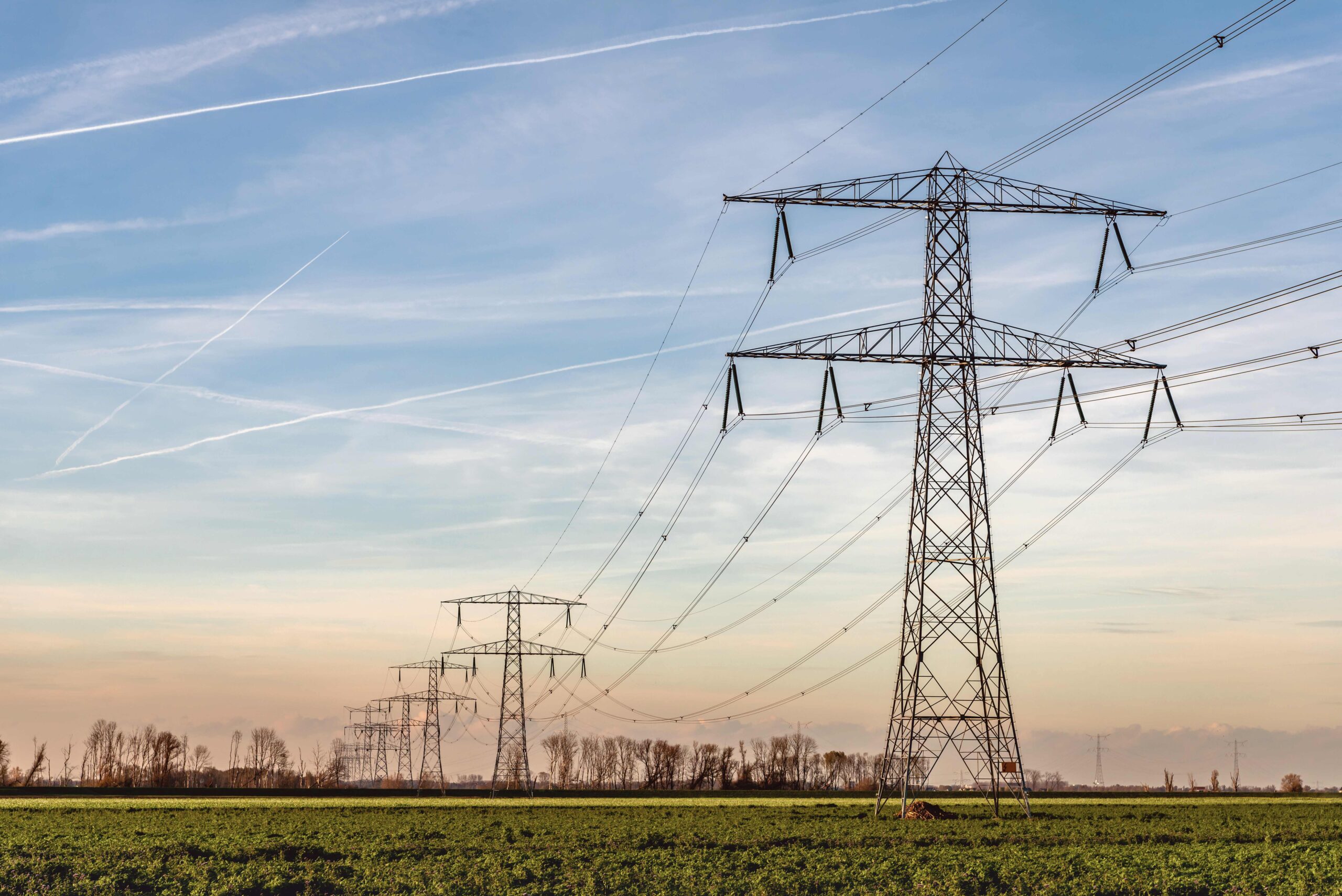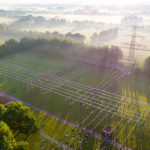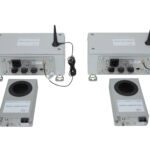
The challenges of the energy transition
The energy transition is in full swing and continues to confront power grid operators with great challenges. The greatest of these is surely how to prevent network congestion and imbalance. These things occur mainly because of a combination of decentralized generation from sustainable energy sources and growing demand for electricity. As a result, new connections, particularly for energy-intensive users, are increasingly being turned down. The networks are being expanded, but time is pressing. Data-driven grid management, new technology, and smarter use of available energy can prevent instability and overload.
Preventing congestion
According to the Dutch climate agreement, 70% of the total energy demand in 2030 must be met by energy from renewable sources, such as solar and wind power. But renewable energy sources are often dependent on the weather and are difficult to predict, which makes it more complex to balance demand and supply on the network.
Another objective of the climate agreement is a drastic reduction in carbon emissions. In many sectors, such as construction, industry, and mobility, this means electrification: switching from fossil fuels to electricity. In construction and industry, machines and processes are being electrified to reduce carbon emissions. The share of electric vehicles on the road is growing. But these developments are fueling a sharp increase in the grid load, which negatively affects supply security. The relative unpredictability of solar and wind energy further enhances this risk.
Ultimately, the energy transition is a challenge of physics and of logistics. How can we transport, store, and use energy in such a way that peaks and troughs no longer cause problems? The answers, for electrical power, lie primarily in the large-scale installation of cables, pipes, batteries (and possibly storage tanks for green hydrogen). But large-scale expansion of the network infrastructure takes a lot of time, and in the meantime applications for new connections are increasingly being turned down.
Secure digitization
In the shorter term, digitization of the energy supply can help alleviate the pressure on the grids. This makes the energy network smarter, with more sensors, automation, and data flows. This requires substantial investment in digital infrastructure and in safeguarding the cybersecurity of critical systems.
New sensors and edge systems in substations give grid operators badly needed data on and insight into the load on their low- and medium-voltage networks. The next generation of smart meters gives a detailed image of electricity generation and use in homes. These developments make it possible to carry out real-time, data-driven network management, allowing grid operators to respond to unexpected peaks, troughs, and imbalance within milliseconds. Digitization can in this way become a catalyst for the energy transition.
One important condition is that this whole digital infrastructure must be adequately secured against cyber attackers. The energy supply is crucial for the proper functioning of all aspects of our society. High-grade cyber-security solutions are crucial to protect the integrity of systems and networks.
Speeding up new connections through energy management
There are other ways of relieving grid load, so that new companies, housing projects, and energy cooperatives can be connected more quickly. Energy management helps use the available space on the network more efficiently. It allows companies to monitor their energy consumption and adapt it to the current circumstances.
An energy management system (EMS) prevents overruns of the contracted transport capacity, which in turn prevents congestion. In addition, this helps reduce carbon emissions. And an EMS is cost effective: given that it can help cut energy costs up to 30%, it is not difficult to make a business case. If companies bundle their energy management in an energy hub, for example on an industrial estate, the advantages are even greater.
Supporting complex processes through simulations
But even with the assistance of digitization, reinforcement and expansion of the power grids will remain an urgent task. There is currently a growing demand for technologically qualified staff to design, install, and maintain electricity networks. This is a great challenge. Our subsidiary Phase to Phase supports grid operators, government bodies, housing corporations, and others with advanced products to calculate, simulate, and visualize power grids. These applications offer valuable support for decision-making concerning new networks and new connections.
Phase to Phase’s applications operate on the basis of the laws of physics, mathematical models, and statistics. The models are fed with geographical data and other source files from grid operators, complemented with open-source data to allow advanced analyses, realistic simulations, and clear visualizations. A next step is connection with real-time data, for example from Technolution’s Flexcore platform in medium- and low-voltage stations. Phase to Phase is constantly developing new algorithms for its applications, including functionality that grid operators can use to calculate on the spot whether there is sufficient network capacity for a new connection.
Digitization as a catalyst for cooperation
The energy transition is occurring in a landscape that is constantly in flux. New parties are joining the sector, for example energy cooperations and aggregators who act for groups of smaller energy consumers. Companies that work together in energy hubs are seeking to consult with network operators. The coherence between all these parties creates complex dependencies.
Here, too, digitization can offer important support. In addition to accessing and analyzing data and network models, integration of many different systems is necessary to optimize energy use and safeguard supply quality. Technology can create active links between clients, generators, grid operators, and umbrella organizations. This will allow us to deploy society-wide energy strategies to prevent grid overload and imbalance, and to cooperate to promote greater sustainability and a more attractive business climate.
The future of the energy transition
In 2024, more than half of the energy production in the Netherlands already came from sustainable energy sources. But the energy transition is far from complete and society will have to face steep challenges yet. The energy transition requires decisiveness, cooperation, and the smart use of technology. By investing now in data-driven solutions, strategic energy management, and other forms of digitization, grid operators and their partners can make all the difference.



